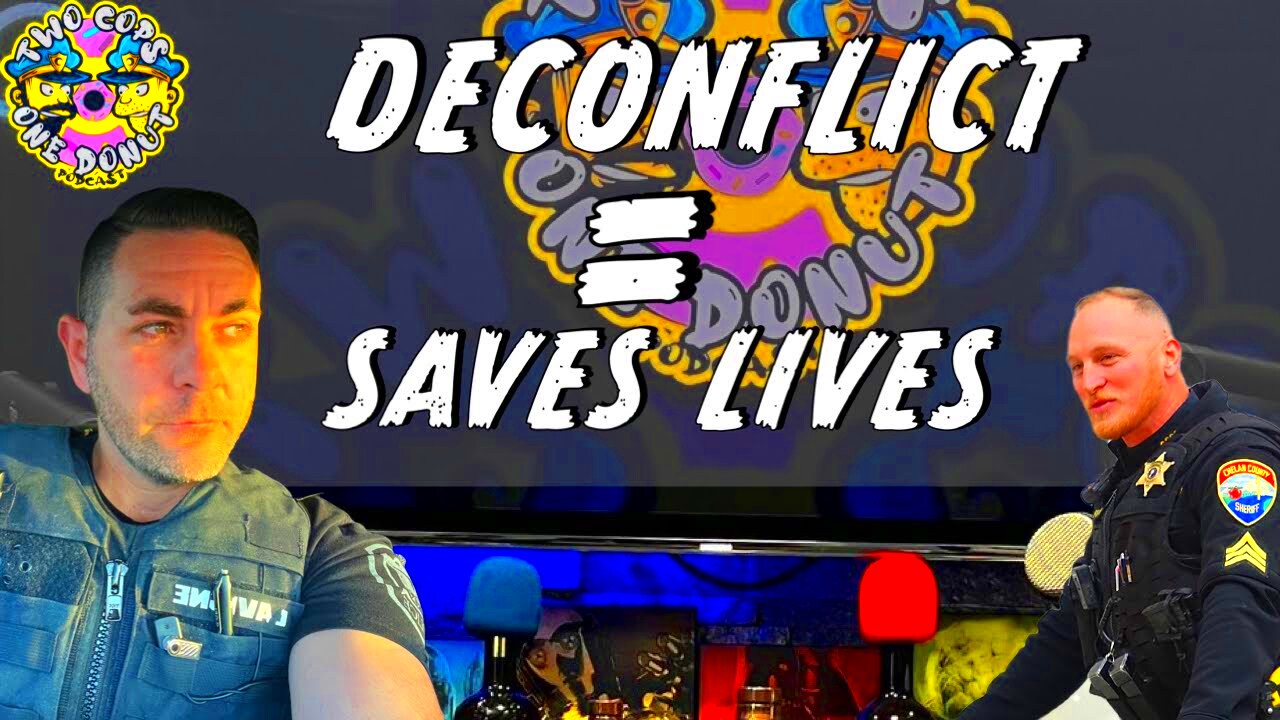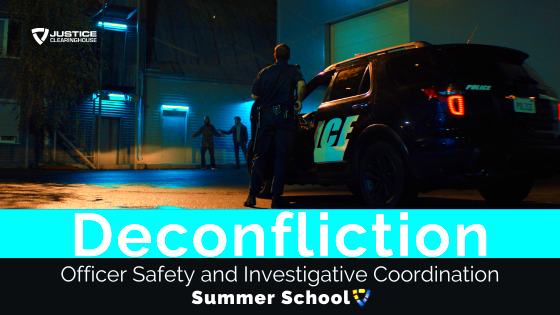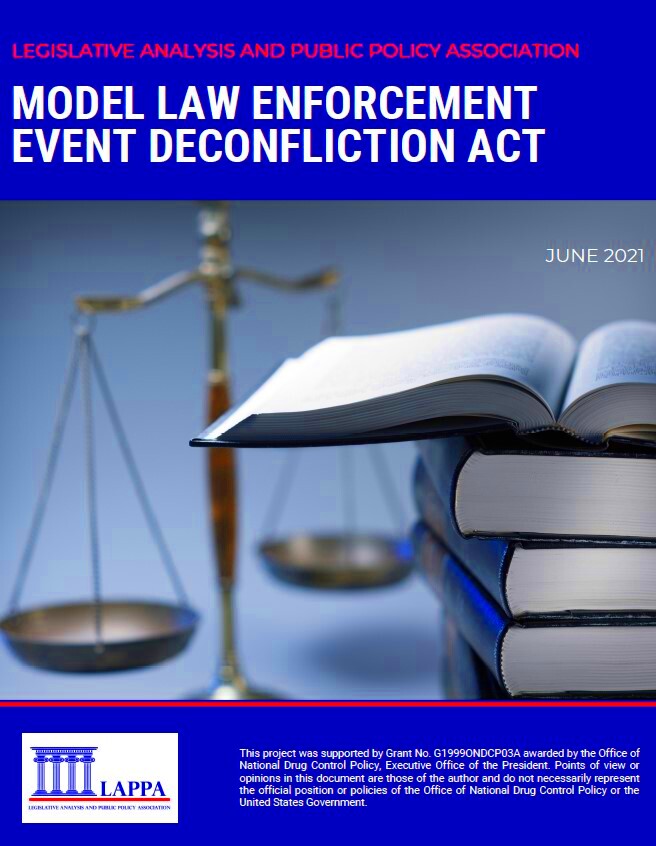Deconfliction Law Enforcement and Its Importance in Policing
Deconfliction in law enforcement refers to the process of coordinating efforts among various agencies to prevent overlapping operations. This coordination is crucial, especially in situations involving multiple law enforcement bodies working in the same area or on similar cases. The primary goal is to enhance safety and efficiency by minimizing confusion and conflicts during operations.
In today’s complex landscape, law enforcement agencies often face challenges that require collaboration. Deconfliction helps in sharing information, resources, and strategies, ensuring that all agencies are on the same page. This cooperative approach not only aids in achieving common goals but also fosters trust and accountability among agencies.
The Purpose of Deconfliction

The main purpose of deconfliction is to ensure that law enforcement operations run smoothly and safely. Here are some key reasons why deconfliction is essential:
- Enhancing Safety: By coordinating activities, agencies reduce the risk of accidents or confrontations between officers from different departments.
- Improving Efficiency: Deconfliction allows for the optimal use of resources, ensuring that manpower and tools are used where they are most needed.
- Reducing Confusion: Clear communication about operations helps prevent misunderstandings and duplicate efforts.
- Facilitating Information Sharing: Agencies can share intelligence and operational plans, leading to more informed decision-making.
How Deconfliction Works in Policing

Deconfliction typically involves several steps to ensure effective coordination among law enforcement agencies. Here’s how it usually works:
- Communication: Agencies establish lines of communication to share operational plans and updates.
- Information Sharing: Intelligence systems are utilized to share data about ongoing investigations, preventing overlaps.
- Joint Operations: Agencies may conduct joint operations, where they plan and execute strategies collaboratively.
- Regular Meetings: Regularly scheduled meetings or briefings help keep all parties informed and aligned on goals and activities.
In practice, deconfliction can also involve the use of technological tools, such as databases and software systems that track ongoing investigations and operations. These tools enable real-time updates and alerts, helping agencies stay coordinated and informed.
Benefits of Effective Deconfliction

Effective deconfliction in law enforcement brings numerous benefits that enhance overall operations. By coordinating efforts and sharing resources, agencies can work more efficiently and safely. Here are some significant advantages:
- Increased Safety: One of the primary benefits is the enhanced safety of law enforcement officers and the public. With clear communication and coordinated efforts, the risk of accidents or confrontations is greatly reduced.
- Better Resource Allocation: Deconfliction ensures that resources, including personnel and equipment, are used effectively. Agencies can avoid duplicating efforts and instead focus on areas that require attention.
- Improved Collaboration: Building trust and relationships between agencies fosters a collaborative environment. This cooperation can lead to more effective investigations and operations.
- Streamlined Operations: With everyone on the same page, operations can proceed more smoothly. This reduces delays and confusion, ultimately leading to better outcomes in law enforcement activities.
- Enhanced Intelligence Sharing: Agencies can share critical information, leading to more informed decision-making. This sharing can uncover links between cases that may not have been evident otherwise.
Challenges in Implementing Deconfliction
While the benefits of deconfliction are clear, implementing it can be challenging. Various obstacles can hinder effective coordination among law enforcement agencies. Here are some common challenges:
- Communication Barriers: Different agencies may use varied communication systems, making it hard to share information seamlessly.
- Organizational Culture: Some agencies may be resistant to change or hesitant to share information due to a culture of secrecy or competition.
- Lack of Resources: Limited budgets and personnel can impact the ability to develop and maintain effective deconfliction practices.
- Geographical Challenges: In larger regions, coordinating efforts among multiple agencies can be logistically difficult, especially when dealing with remote locations.
- Inconsistent Policies: Variations in policies and procedures across agencies can lead to misunderstandings and ineffective collaboration.
Technological Solutions for Deconfliction
Technology plays a crucial role in facilitating effective deconfliction among law enforcement agencies. Several technological solutions help overcome communication barriers and streamline operations. Here are some key technologies used:
- Data Management Systems: These systems store and manage information from multiple agencies, making it easier to access and share data in real-time.
- Collaboration Platforms: Online tools and platforms allow agencies to communicate, share documents, and collaborate on cases efficiently.
- Geographic Information Systems (GIS): GIS technology enables agencies to visualize data on maps, which can help in planning operations and identifying potential overlaps.
- Real-Time Communication Tools: Instant messaging and alert systems ensure that officers can communicate quickly during operations, enhancing coordination.
- Analytics Software: Advanced analytics can help agencies identify patterns and trends in data, leading to better-informed strategies and resource allocation.
By leveraging these technological solutions, law enforcement agencies can improve their deconfliction efforts, ultimately leading to safer and more efficient operations.
Case Studies Demonstrating Deconfliction Success
Understanding deconfliction through real-world examples can provide valuable insights into its effectiveness. Here are some notable case studies that showcase how deconfliction has led to successful outcomes in law enforcement:
Case Study 1: Multi-Agency Drug Operation
In a coordinated drug bust involving several agencies, including local police and federal agencies, deconfliction played a crucial role. Before the operation, a joint meeting was held to share intelligence about the target. By coordinating their resources and plans, they managed to execute the operation smoothly, resulting in multiple arrests and the seizure of large quantities of illegal drugs.
Case Study 2: Regional Crime Task Force
A regional crime task force was formed to address a spike in violent crimes across several cities. The task force included various local and state police departments, and deconfliction was key to its success. Regular briefings and shared databases helped the agencies stay informed about ongoing investigations, allowing them to collaborate effectively. The result was a significant decrease in crime rates within six months.
Case Study 3: Coordinated Emergency Response
During a natural disaster, multiple law enforcement agencies needed to respond to various emergencies. Deconfliction ensured that resources were allocated efficiently, with different agencies taking charge of specific areas. This coordination helped prevent confusion and allowed for a rapid response, ultimately saving lives and property.
Future Trends in Deconfliction Practices
As law enforcement continues to evolve, so do the practices surrounding deconfliction. Here are some future trends that are likely to shape how agencies coordinate their efforts:
- Increased Use of Technology: As technology advances, agencies will increasingly rely on sophisticated tools for communication and data sharing. This includes using artificial intelligence to analyze data and identify potential overlaps in operations.
- More Inter-Agency Partnerships: Collaborative efforts between agencies will become more common, leading to the formation of joint task forces and multi-agency operations focused on specific crime trends.
- Emphasis on Training: Ongoing training in deconfliction techniques will be essential. Agencies will prioritize educating officers about the importance of collaboration and effective communication.
- Standardized Protocols: The establishment of standardized protocols for deconfliction will help reduce misunderstandings and ensure that all agencies follow the same procedures.
- Community Involvement: Engaging community members in the deconfliction process can enhance trust and cooperation, leading to better outcomes in law enforcement efforts.
Frequently Asked Questions
To clarify some common inquiries regarding deconfliction in law enforcement, here are a few frequently asked questions:
What is deconfliction?
Deconfliction refers to the process of coordinating efforts among different law enforcement agencies to avoid overlapping operations and ensure effective collaboration.
Why is deconfliction important?
Deconfliction is crucial for enhancing safety, improving resource allocation, and streamlining operations. It helps prevent confusion and reduces the risk of accidents among officers.
How do agencies communicate during deconfliction?
Agencies use various methods, including regular meetings, online collaboration platforms, and communication tools, to share information and coordinate their efforts effectively.
What challenges do agencies face in deconfliction?
Common challenges include communication barriers, organizational culture, lack of resources, and inconsistent policies across different agencies.
What role does technology play in deconfliction?
Technology aids deconfliction by providing tools for data management, real-time communication, and analytics, helping agencies stay informed and coordinated during operations.
Conclusion
In summary, deconfliction is a vital aspect of modern law enforcement that enhances safety, efficiency, and collaboration among various agencies. By understanding its importance, recognizing the benefits, and addressing the challenges, law enforcement can implement effective deconfliction practices. As technology continues to evolve, the future of deconfliction holds promising trends that will further improve coordination and operational success. Ultimately, effective deconfliction not only helps law enforcement agencies work better together but also contributes to safer communities and more effective policing strategies.


